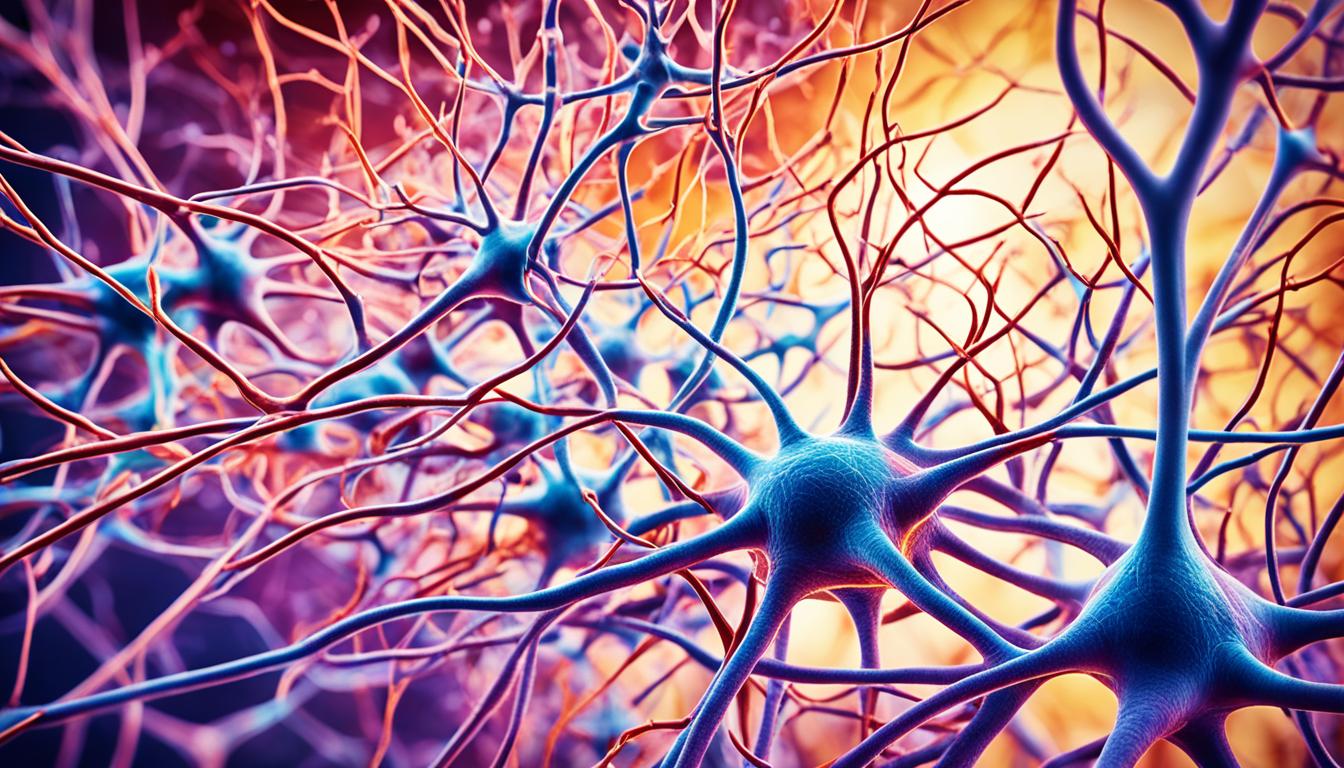Creutzfeldt-Jakob disease (CJD) is a very uncommon brain condition. It rapidly gets worse and affects the brain and nerves. It happens when the brain has abnormal prion proteins, causing serious damage.
It’s so rare that only about 1 in a million people get it each year. It’s part of a group of diseases that affect the brain, known as transmissible spongiform encephalopathies.
The signs of CJD can be different from person to person. But usual ones include problems with thinking, memory, and behavior. Issues with muscles and coordination are also common. This illness has three main types based on how it starts:
– Sporadic CJD, which appears without a clear cause,
– Genetic CJD, which is inherited,
– and Acquired CJD that can potentially come from medical procedures or eating infected meat.
To find out if someone has CJD, doctors do exams and tests. Sometimes, they need to take a small piece of the brain for a closer look. Sadly, there’s still no cure for this disease. Treatment mainly helps people manage their symptoms and live their best life. But, there’s hope that stem cell therapy could be a way to treat CJD in the future.
Key Takeaways:
- CJD is a rare, rapidly progressive neurodegenerative disorder caused by abnormal prion proteins in the brain.
- Common symptoms of CJD include cognitive impairments, memory loss, behavioral changes, muscle weakness, and coordination problems.
- CJD has three main subtypes: sporadic CJD, genetic CJD, and acquired CJD.
- Diagnosis involves clinical evaluation, laboratory tests, imaging studies, and sometimes a brain biopsy.
- Currently, there is no cure for CJD, but stem cell therapy shows promise as a potential treatment option.
Etiology and Pathophysiology of CJD
The main cause of CJD is when the brain has unusual prion proteins. These bad prions change good prions into bad ones. This damage to the brain tissue is known as CJD. Most cases of CJD happen without a clear reason. But sometimes, it’s because a person inherited a certain gene. CJD can also come from outside, like eating tainted meat or through medical procedures. The disease affects the brain’s nerve cells, forming lesions. Researchers are still figuring out how prions spread and cause these brain problems.
Remember, CJD can spread from different sources, like through genes, from contaminated things, or it can happen suddenly. A key player in this is the prion protein. It changes shape and gathers in the brain. Then, it forces good prion proteins nearby to also change shape, setting off a chain reaction.
Diagnosis and Management of CJD
Diagnosing CJD needs a detailed look at the symptoms, medical history, and a neurological check. Laboratory tests, like checking the cerebrospinal fluid (CSF), are key. They can find unusual proteins and rule out other illnesses. Imaging studies like MRI and EEG can also help pinpoint CJD by showing certain brain patterns.
If the diagnosis isn’t clear, sometimes a brain biopsy is done. This is when a small piece of brain tissue is taken for a closer look. But, it’s done only when really necessary because it’s a serious test.
At the moment, there’s no cure for CJD. So, treatment focuses on making life better for the patient. This includes using drugs to manage memory loss and certain behaviors. And, physical and occupational therapy can improve body movement and reduce muscle and coordination issues.
Stem cell therapy offers hope for treating CJD in the future. Stem cells can turn into different types of cells, like neurons. This ability has researchers excited about using them to fix brain damage in CJD. However, more studies are needed to check the safety and how well it works. We also need to figure out how it fits into the overall care of CJD.

